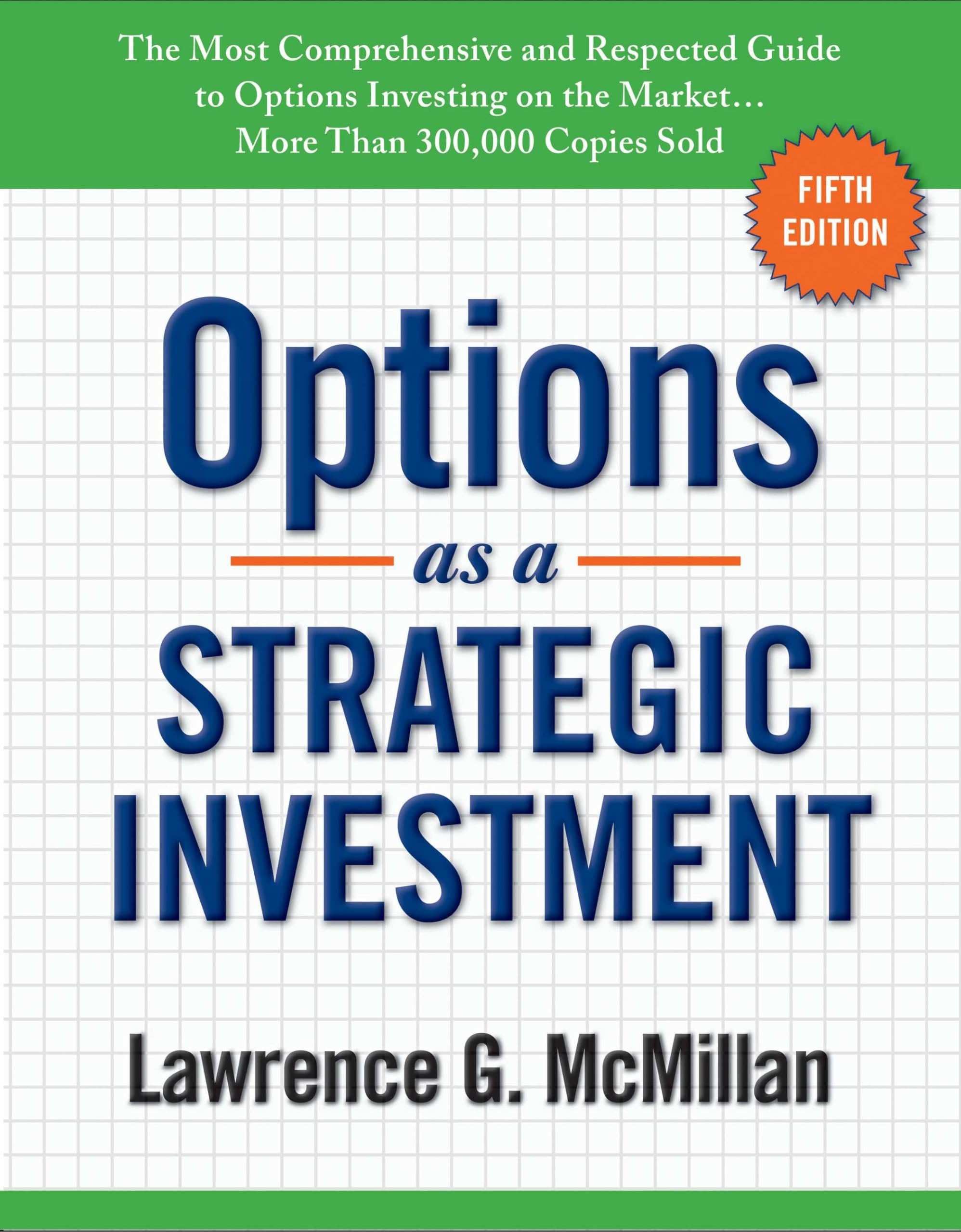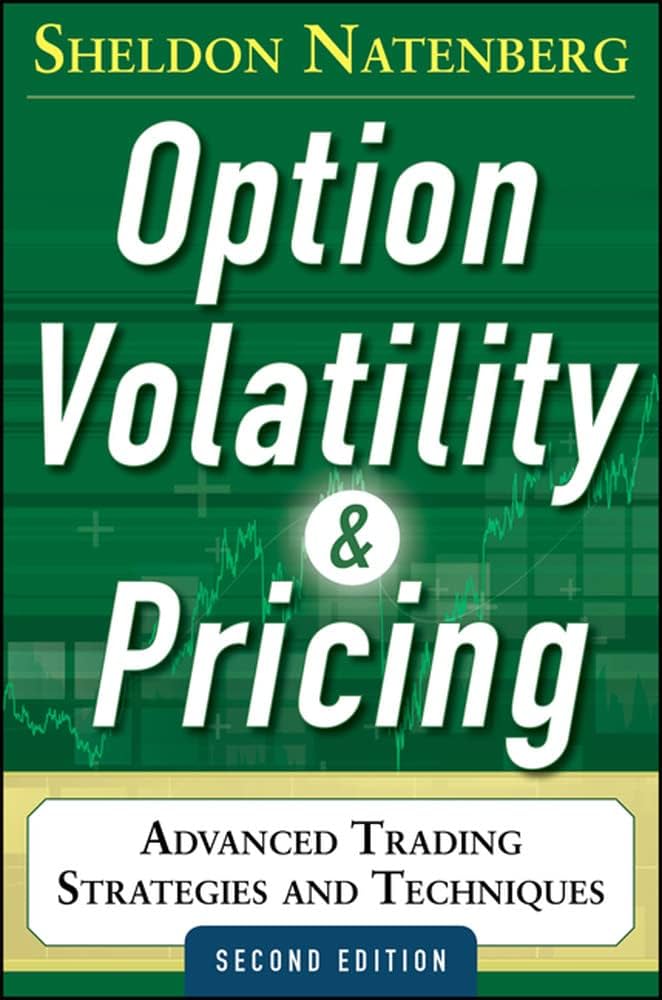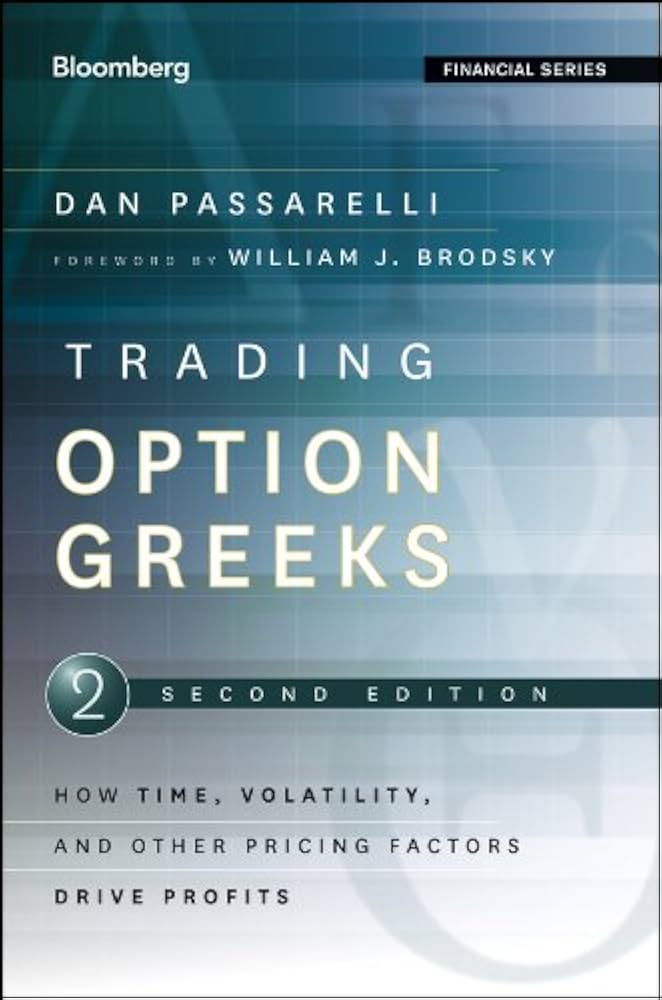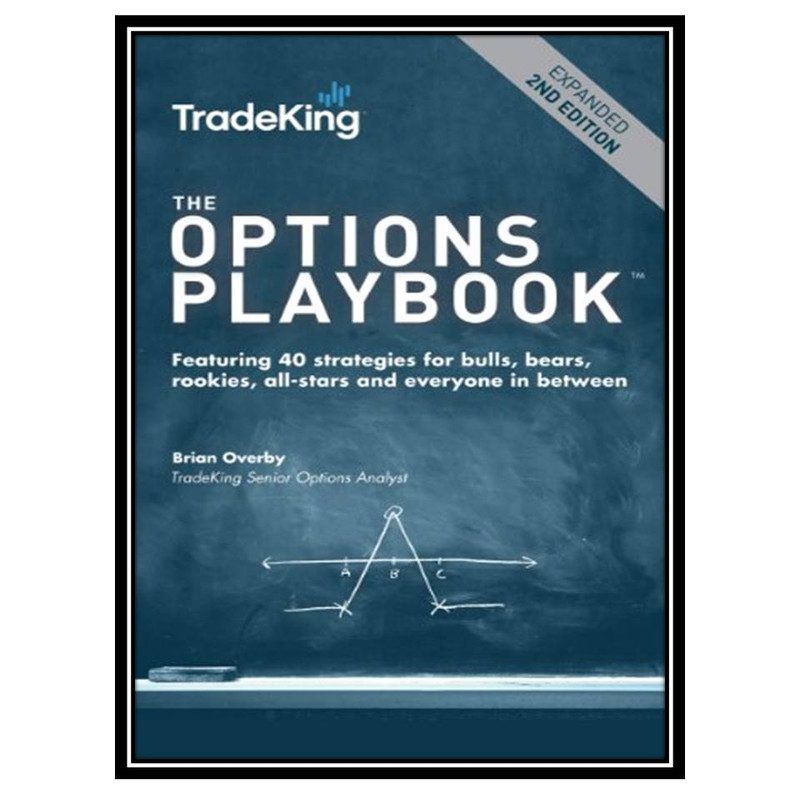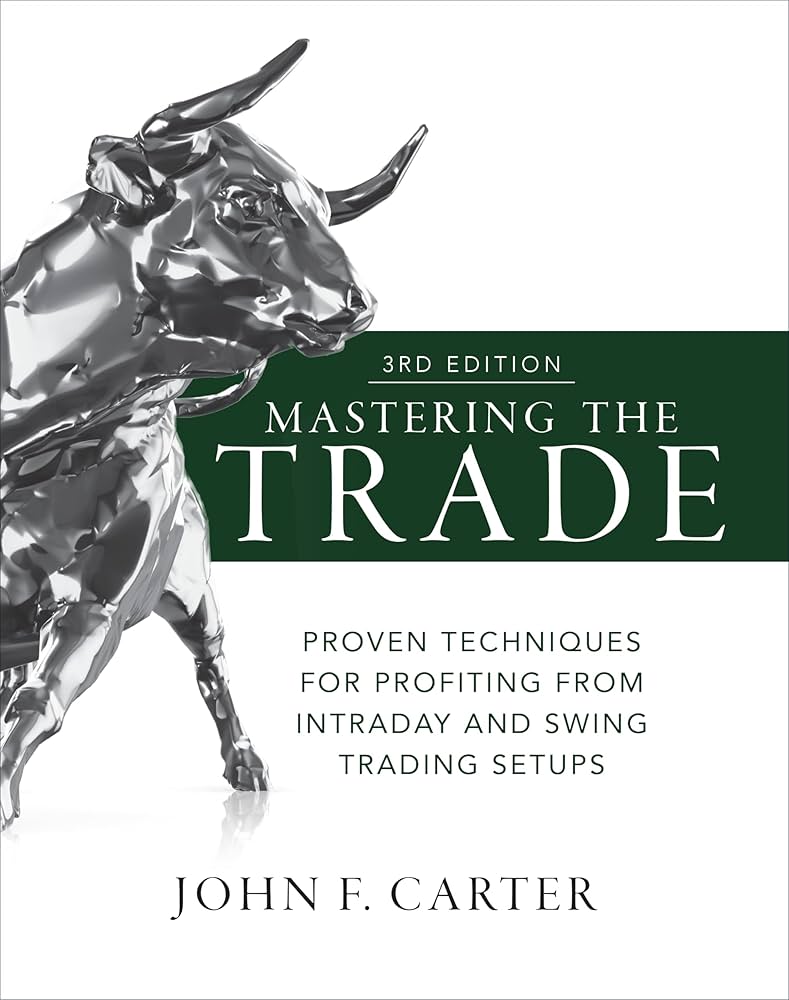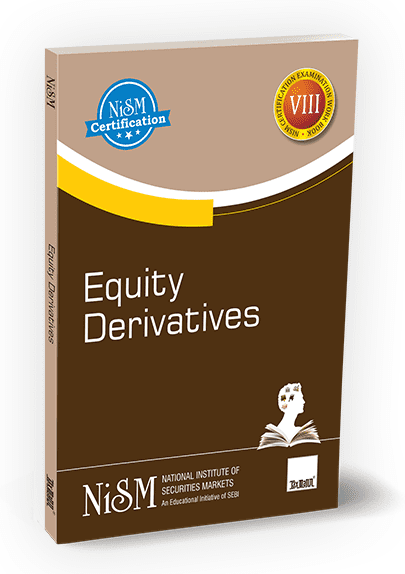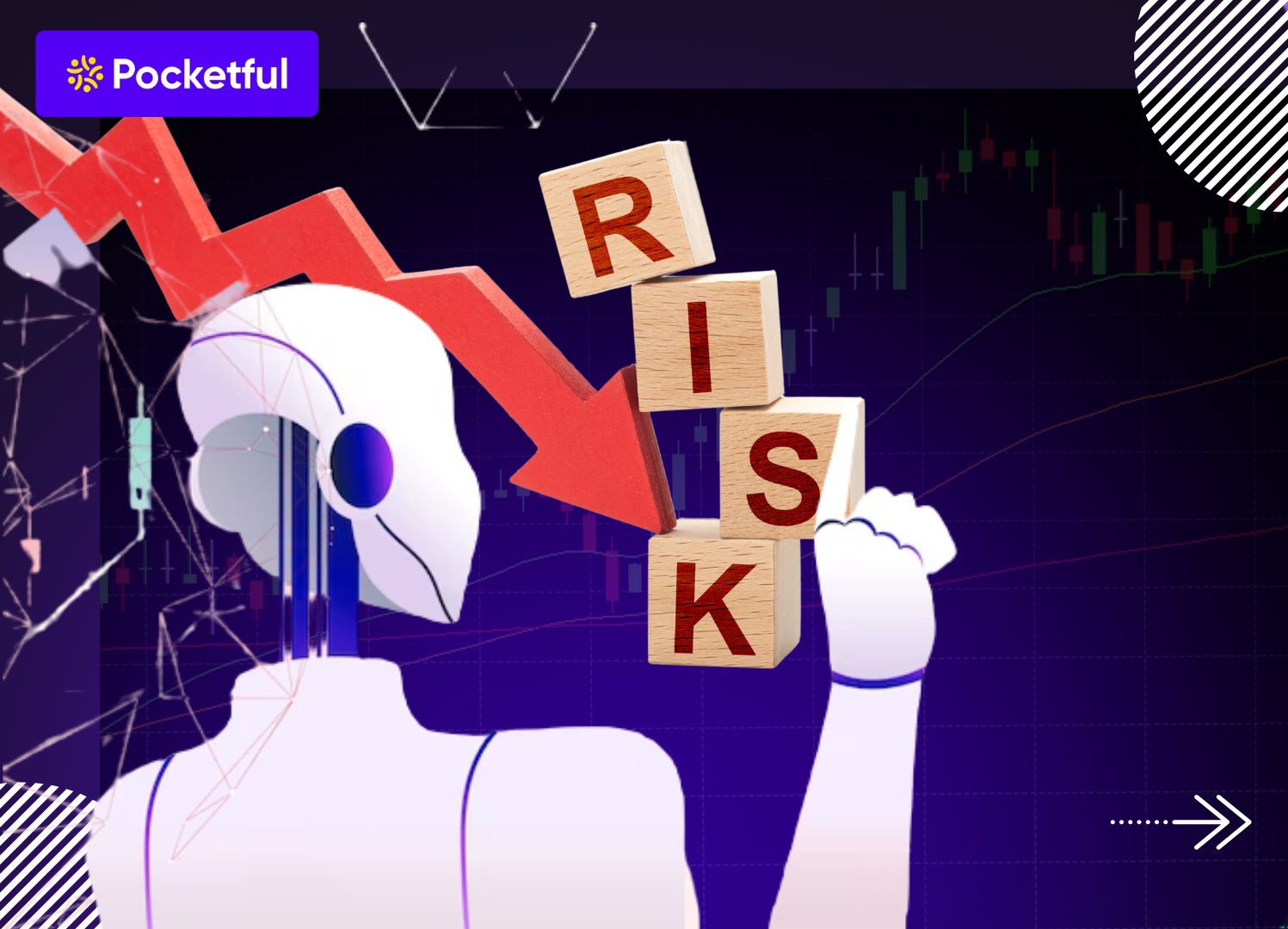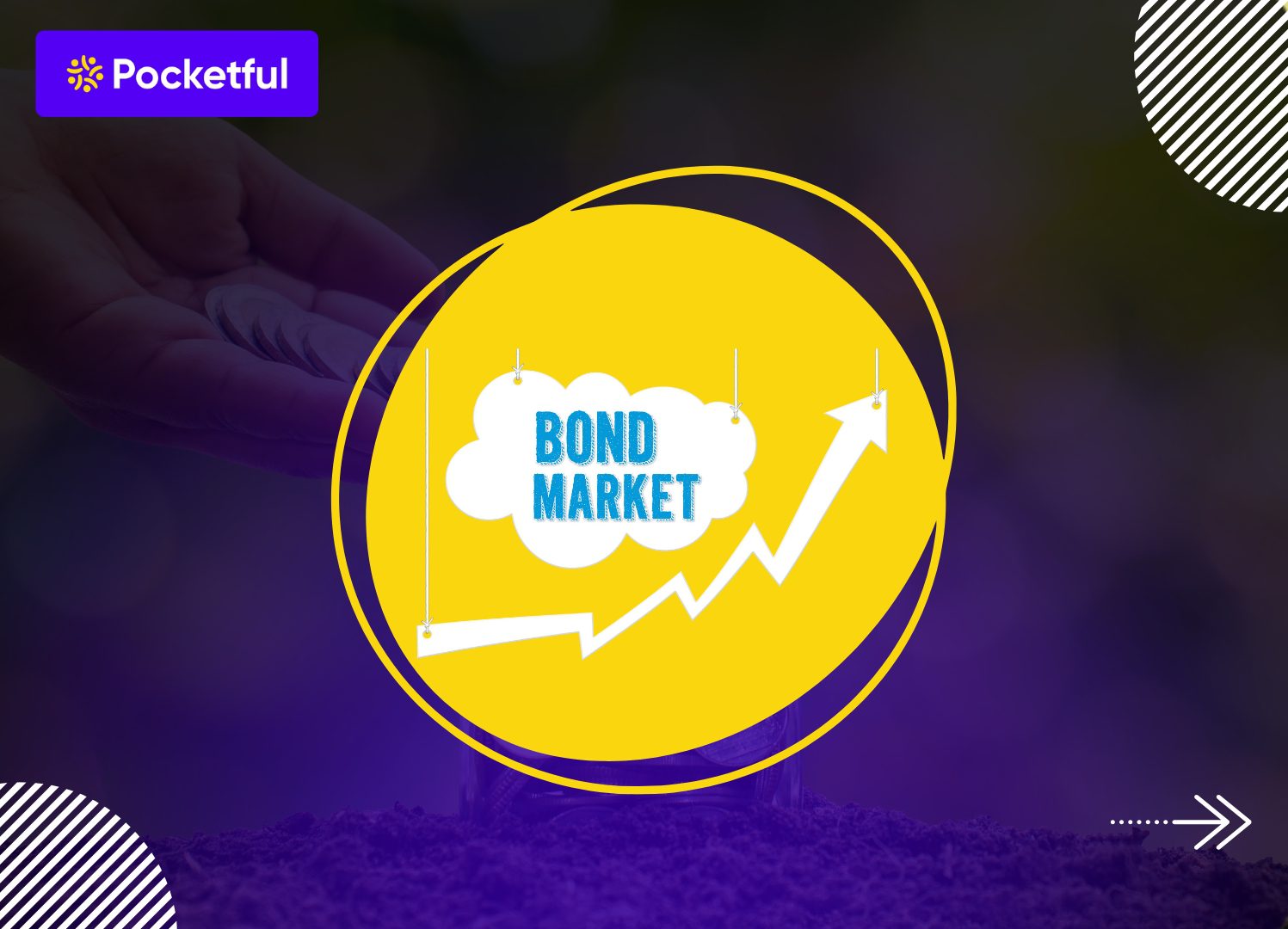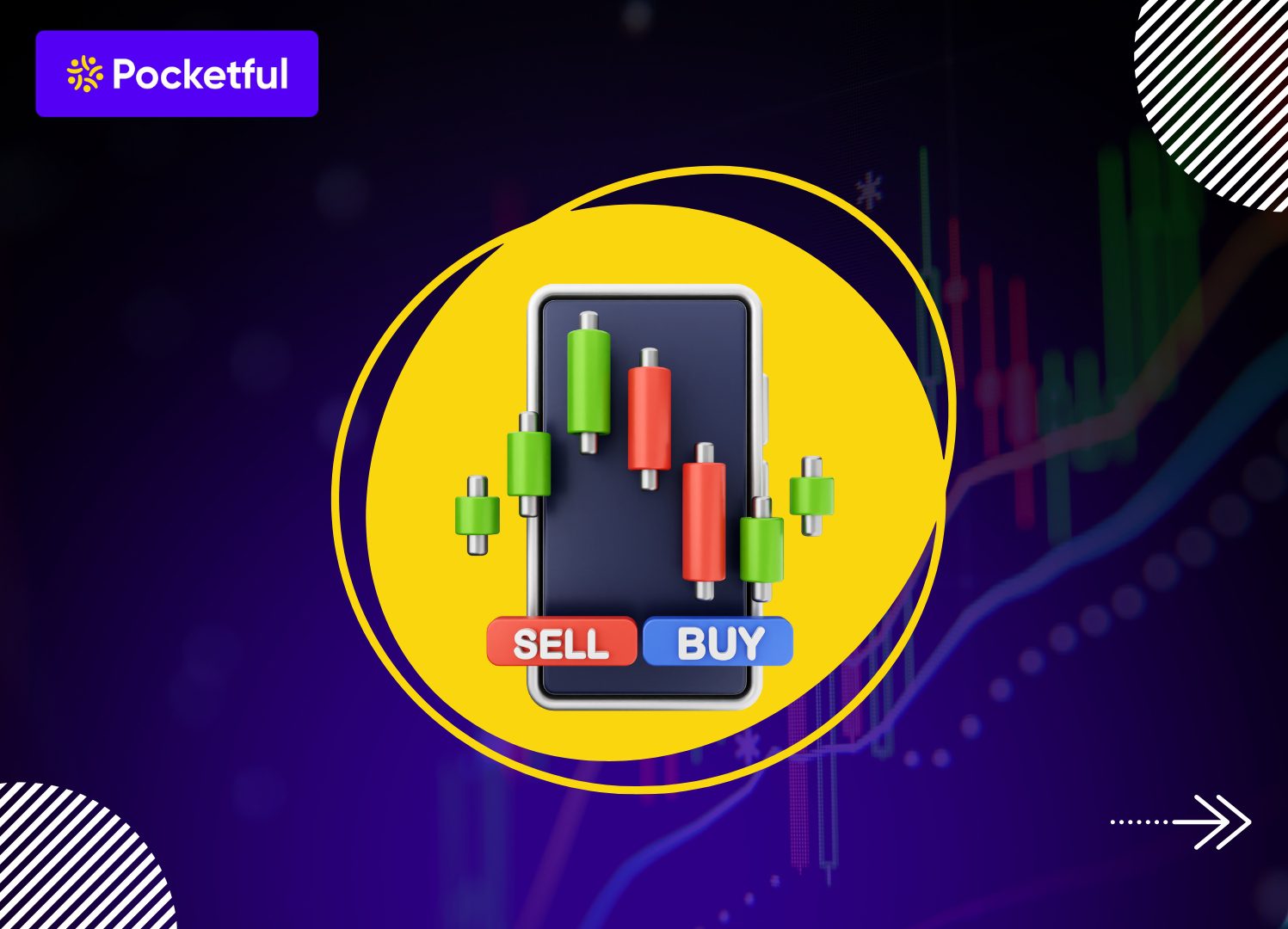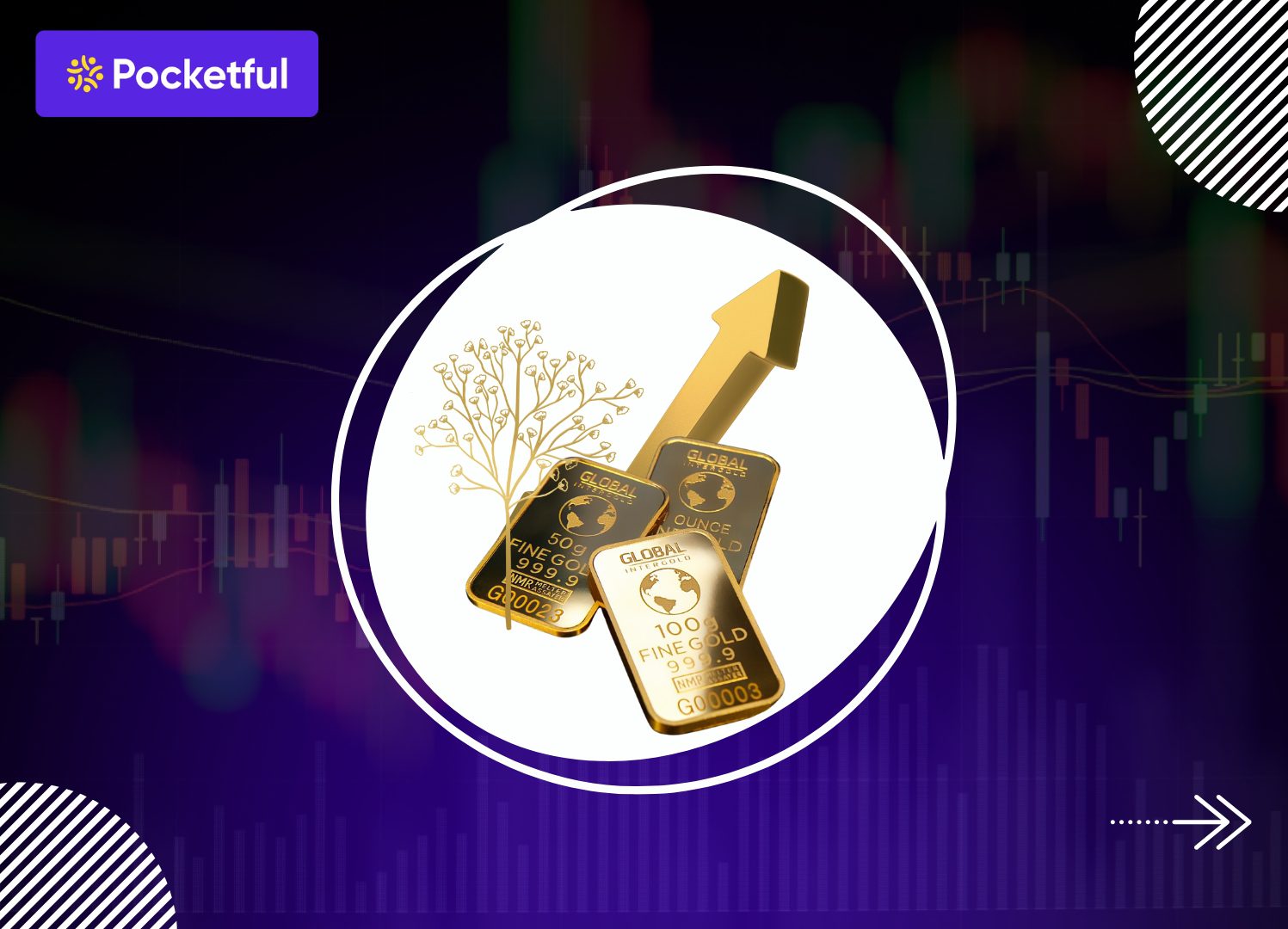NASDAQ is one of the world’s largest stock exchanges in the world, where investors from all over the world can invest in companies focused on innovation and growth. Today, many people want to know about NASDAQ and want to know how to invest in NASDAQ listed companies. Investing in NASDAQ listed companies has now become easy even from India through ETFs, mutual funds and digital platforms.
This article explains in detail about NASDAQ, its working and the easiest ways to invest in companies listed on NASDAQ.
What is NASDAQ?
NASDAQ is an electronic stock exchange where the world’s largest and fastest-growing tech companies are listed. Its full name is National Association of Securities Dealers Automated Quotations. It is a platform where market participants can trade in the stock market completely digitally.
The biggest feature of NASDAQ is its fully automated and screen-based trading system, which provides facilities like real-time quotes, transparency and fast execution. Today, more than 3,300 companies are listed on NASDAQ, and its key indices, the NASDAQ Composite and NASDAQ-100 have become major benchmarks for global investors to track US markets.
History of NASDAQ
NASDAQ was started on 8 February 1971 in America. At that time it was the world’s first fully computerized stock exchange, which completely changed the old way of trading. In traditional exchanges where trading took place on the physical floor, NASDAQ started exchanging orders electronically on the screen for the first time.
Initially NASDAQ was only a quotation system – that is, it only showed share prices. But gradually services like transactions and order execution were also added to it, and it became a full-fledged stock exchange. After 1990, NASDAQ started growing rapidly and it became the biggest center of the tech boom. In 1986, companies like Microsoft were listed on NASDAQ. Companies like Tesla, Amazon, Google (Alphabet), Meta and Nvidia have since joined NASDAQ, making it the world’s most tech-savvy and innovation-driven exchange.
Read Also: What is AI Trading?
How NASDAQ Works : Inside the Tech-Driven Exchange
Let’s take a closer look at the key features and inner workings of NASDAQ.
- Fully Electronic Trading System : NASDAQ is a stock exchange that is completely electronic from the beginning. Every trade here is done through a high-speed computer system that is, no floor trader, no physical interaction. Due to this system, trade is fast, efficient and less error-prone. NASDAQ’s technology is so advanced that it can handle millions of orders every second.
- Advanced Order Matching Engine : Whenever an investor places a buy or sell order, NASDAQ’s automatic system immediately matches it with the best available price. The special thing about this matching engine is that it completes the trade without any delay, which maintains liquidity in the market.
- Important Role of Market Makers : Many market makers are active in NASDAQ, who continuously give buy and sell prices for stocks. Their job is to always maintain liquidity in the market so that the investor can trade at any time. Due to their quotes, there is not much fluctuation in the price and the market remains stable.
- Real-Time Transparency and Data Access : Every transaction is visible on NASDAQ in real-time. Price changes, volume data and news updates are immediately available to investors, allowing them to make the right decisions at the right time. This transparency makes NASDAQ reliable for global traders.
- Market Safety with AI Surveillance : NASDAQ is not only fast, but also safe. Its systems have AI-based surveillance tools that monitor every trading activity. If an unusual or suspicious trade pattern is identified, the system immediately generates alerts, ensuring investor safety.
How Do Companies Get Listed on NASDAQ?
Companies must complete the process and fulfill other requirements given below to get listed on NASDAQ.
Step 1: Meet Financial & Governance Requirements
Companies must meet a number of financial benchmarks to be listed on the NASDAQ. For example, a company must have $11 million in aggregate pre-tax earnings over the past three years or meet strict cash flow, revenue, asset standards, including a market capitalization of $550–850 million. Also, the share price must be at least $4 ($3 is acceptable in some cases), and there must be a minimum of 1.25 million publicly traded shares and 2,200 shareholders.
Step 2: Prepare & Submit Listing Application
The official process is completed through NASDAQ’s Listing Center, where companies must fill out an online application, including audited financial statements, corporate governance documents, SEC filings, and other required details. Once everything is submitted, the NASDAQ team conducts an initial review and sends comment letters for feedback or clarification of documents; this process typically takes 2- 3 weeks.
Step 3: Symbol Reservation & Application Review
Once the application is accepted, companies must reserve their trading symbol. The NASDAQ team assigns companies an analyst who monitors the application process and recommends necessary corrections.
Step 4: Get Approved & Go Public
Finally, after meeting all compliance requirements and submitting fees (entry fee $50–295k and annual listing fee $55–150k or more), NASDAQ gives listing approval. After this, the company’s stock starts trading publicly on NASDAQ.
Ongoing: Compliance & Maintenance
NASDAQ expects listed companies to comply with the regulatory and governance standards. Failure to comply with the specified rules and regulations can cause the company to get delisted.
How to Invest in Companies listed on NASDAQ from India?
You can invest in stocks listed on NASDAQ from India by following the process mentioned below:
- Investing through International Mutual Funds : Indian investors can use international mutual funds to get exposure to NASDAQ-listed companies. These funds directly track benchmarks like U.S. equity indices like NASDAQ-100. You can invest via SIP or lumpsum amount.
- Through U.S. Brokerage Platforms : Several global investing platforms like Vested, INDmoney, etc. allow you to invest directly in the U.S. stocks. Through these applications, you can even buy shares of NASDAQ-listed companies like Apple, Tesla, Amazon in fractions.
- Through Global Access through Indian Brokers : Some Indian brokers like ICICI Direct, HDFC Securities, and Kotak Securities provide global investing services. With their help, you can invest in NASDAQ stocks from your existing Demat account though there are some documentation and compliance steps.
- Through ETFs (Exchange Traded Funds) : ETFs tracking the NASDAQ-100, such as Motilal Oswal NASDAQ 100 ETF listed in India, are a smart way to in NASDAQ listed companies. You can buy them like regular shares.
Read Also: What is AI Washing? Definition, Tips, Evolutions & Impact
Why Should You Consider Investing in NASDAQ listed companies?
You can consider investing in NASDAQ listed companies due to the following reasons:
- Innovation-focused Index : The NASDAQ offers investing in companies working on future technologies and solutions. Most of the companies listed here focus on research, new products and cutting-edge technology, making it a unique choice for long-term investors.
- Global exposure without going abroad : Investing in NASDAQ companies gives you direct exposure to US markets. Investing in these companies gives you ownership of dollar-denominated assets, which also acts as a currency hedge in case the value of the rupee falls.
- Diversification : Investing in a diversified index offered by NASDAQ not only gives you exposure to multiple sectors such as global pharma, fintech, semiconductors, and cloud services but also provides geographical diversification by allowing you to participate in the growth of leading U.S. and international companies, thereby reducing overall portfolio risk.
- Keeping pace with a rapidly changing world : The NASDAQ prioritizes companies that are leading change, not just reacting to it. If you want your investments to not just remain stable, but to actively grow, it may be worth focusing on agile and future-ready companies listed on NASDAQ.
Read Also: Best Trading Apps in India
Conclusion
Investing in NASDAQ-listed companies means being a part of the growth story of the top companies in the world. But before that, it is important that you understand the basics of the stock market- like the movement of the US market, the fluctuations of the dollar and the long-term growth perspective of the US economy. It is recommended you start with a small capital and invest in NASDAQ listed companies after thorough analysis. It is advised to consult a financial advisor before investing.
| S.NO. | Check Out These Interesting Posts You Might Enjoy! |
|---|---|
| 1 | 5 Tips for Successful Commodity Trading |
| 2 | What Is Day Trading and How to Start With It? |
| 3 | Top 10 Intraday Trading Strategies & Tips for Beginners |
| 4 | What is Scalping Trading Strategy? |
| 5 | Breakout Trading: Definition, Pros, And Cons |
Frequently Asked Questions (FAQs)
What is NASDAQ-100?
NASDAQ-100 features 100 largest non-financial companies listed on the NASDAQ stock exchange.
Can Indian investors invest in NASDAQ listed companies?
Yes, one can invest through mutual funds, ETFs and through brokers that allow investing in US markets.
What are the benefits of investing in NASDAQ companies?
One gets exposure to high-growth companies and the portfolio becomes more diversified.
Is foreign currency fluctuations a concern while investing in NASDAQ listed companies?
Yes, the price fluctuations in the USD/INR exchange rate can directly impact returns.
Is investing in NASDAQ companies suitable for long-term investors?
Yes, it is ideal for long-term investors looking to invest in companies focused on innovation and growth. However, it is advised to consult a financial advisor before investing.

![Top 10 Option Trading Books in India [2025]](https://cms-resources.pocketful.in/blog/wp-content/uploads/2025/07/Top-10-Option-Trading-Books-in-India.jpg)
